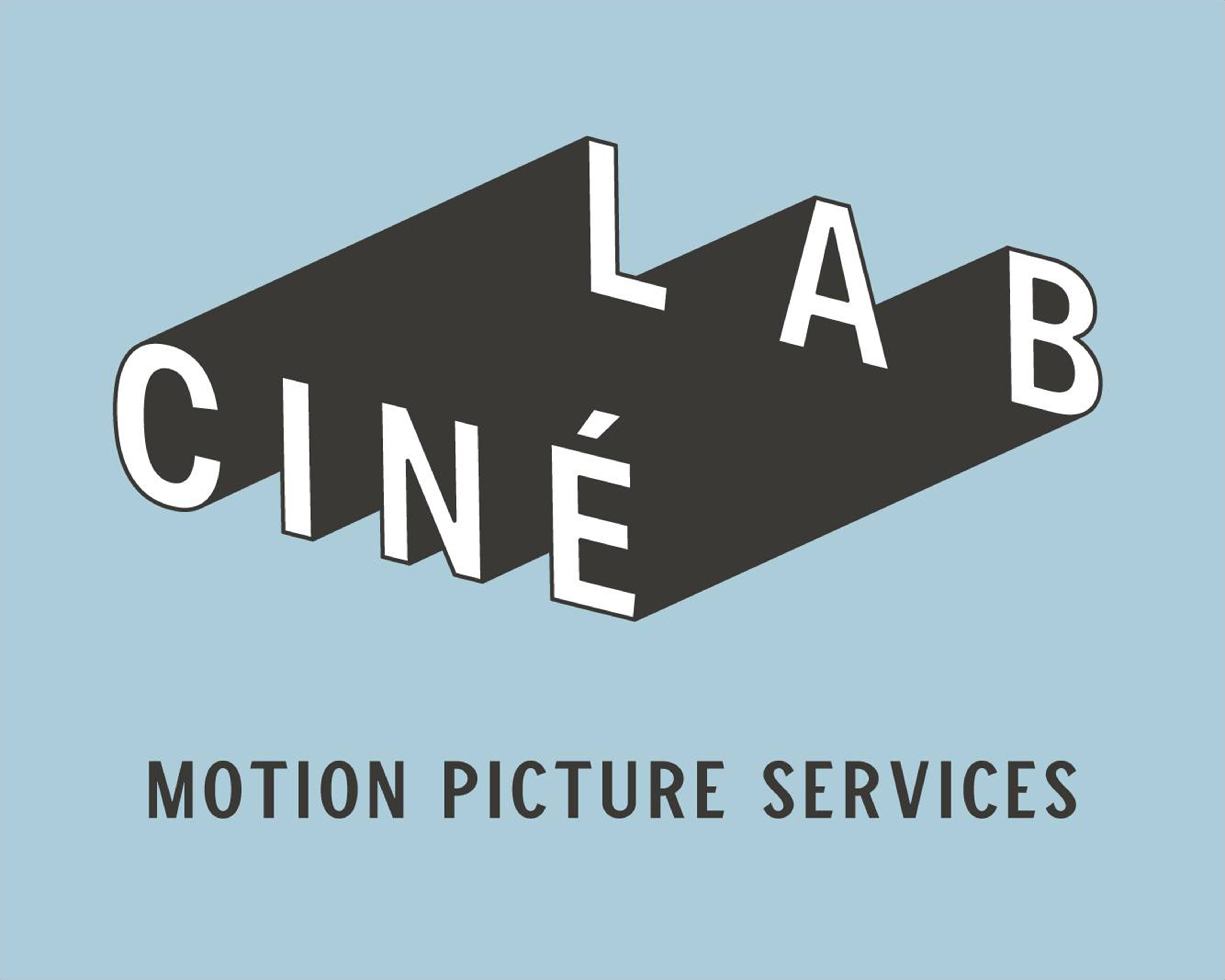Morning All.
It’s that start of spring on this side of the planet, so that means good weather to do some filming. (In case you haven’t figured it out yet, clouds really destroy continuity).
But this post isn’t about the weather.
We have a local arty type theatre here, and they have decided to fish out some old classic films and show them this month.
first up, Forbidden Planet 1956 ( Colour Psychological Science Fiction Mystery).
Who wouldn’t jump at the chance to see it at the original size?
I would be lying if I said that the fantastic props sets and special effects were not the big stars of the film.
But the story was thought provoking, exactly the “in thing” for the psychoanalytical fashion of the time. The acting and dialogue were good, a time capsule of the values of the era. The expressions on the faces are lost at the scale of a TV set, but on the big screen it all becomes clear - it was designed to work at this scale, and it does.
One thing that surprised me was the damage to the film stock at the start of each reel.
Lines and dots ran around the image and a few jumps occurred where repairs had been made. That ”damage” was a real treat for me, I had never seen that sort of thing before.
Overall I would say it was a unique piece of film art, and I would love to find out more about the designer of the main Set and the Morbius house, with its totally abstract use of spaces and materials.
If anyone has production blueprints for this set, I would love to have a look at them.
What did dawn on me, was the true meaning of the phrase “Proscenium arch”.
Each set, and camera angle had been conceived from that mindset.
This film could have been easily staged as a play, with very little reworking.
These days the Proscenium way of thinking has given way to the French New Wave inspired styles and even past that with the freedom of the Virtual Cameras of the Computer Graphics world.
The early studios were canny old traders, with their proscenium views, think about it, everything is cheaper if you only have to build the camera side of it.
It’s that start of spring on this side of the planet, so that means good weather to do some filming. (In case you haven’t figured it out yet, clouds really destroy continuity).
But this post isn’t about the weather.
We have a local arty type theatre here, and they have decided to fish out some old classic films and show them this month.
first up, Forbidden Planet 1956 ( Colour Psychological Science Fiction Mystery).
Who wouldn’t jump at the chance to see it at the original size?
I would be lying if I said that the fantastic props sets and special effects were not the big stars of the film.
But the story was thought provoking, exactly the “in thing” for the psychoanalytical fashion of the time. The acting and dialogue were good, a time capsule of the values of the era. The expressions on the faces are lost at the scale of a TV set, but on the big screen it all becomes clear - it was designed to work at this scale, and it does.
One thing that surprised me was the damage to the film stock at the start of each reel.
Lines and dots ran around the image and a few jumps occurred where repairs had been made. That ”damage” was a real treat for me, I had never seen that sort of thing before.
Overall I would say it was a unique piece of film art, and I would love to find out more about the designer of the main Set and the Morbius house, with its totally abstract use of spaces and materials.
If anyone has production blueprints for this set, I would love to have a look at them.
What did dawn on me, was the true meaning of the phrase “Proscenium arch”.
Each set, and camera angle had been conceived from that mindset.
This film could have been easily staged as a play, with very little reworking.
These days the Proscenium way of thinking has given way to the French New Wave inspired styles and even past that with the freedom of the Virtual Cameras of the Computer Graphics world.
The early studios were canny old traders, with their proscenium views, think about it, everything is cheaper if you only have to build the camera side of it.





